The Dermatology Diagnostic Device Market is witnessing significant advancements, notably the increasing integration of artificial intelligence and machine learning technologies to enhance diagnostic accuracy. In October 2023, DermTech announced the expansion of its non-invasive skin cancer detection platform, reflecting the industry's push towards more patient-friendly solutions. Nikon has been actively enhancing their imaging technologies, focusing on precision diagnostics, while Hologic is broadening its product range to include cancer screening devices, highlighting a growing emphasis on holistic skin health.
Recent consolidation trends are evident as Thermo Fisher Scientific acquired certain assets from Wisepress, strengthening its portfolio in dermatological analytics, with the deal publicly announced in September 2023. Additionally, Roche is increasing investment in R&D to develop advanced dermatological diagnostics, aiming to stay competitive in the dynamic market landscape. Notably, Pixer Medical gained attention in mid-2022 for its innovative skin imaging devices, contributing to rising market valuations. The market is expected to continue growing, driven by technological advancements and an increasing prevalence of skin diseases, making this an important area for investment and development.
Dermatology Diagnostic Device Market Drivers
Increasing Prevalence of Skin Disorders
The growing incidence of skin diseases, including psoriasis, eczema, and skin cancer, is a major factor propelling the dermatology diagnostic device market. The World Health Organization (WHO) estimates that more than 900 million people worldwide are afflicted with skin conditions. The need for dermatological diagnostic tools is rising as a result of growing awareness of skin health issues and the need for early detection.
Skin cancer incidence is gradually rising, according to reputable organizations like the American Academy of Dermatology (AAD), which emphasizes the value of routine dermatological checkups. The increasing number of patients need improved diagnostic skills, which is why sophisticated instruments that may enable prompt and precise diagnosis are being adopted more quickly.
Technological Advancements in Diagnostic Devices
Technological advancements are significantly amplifying the capabilities of dermatology diagnostic devices. Innovations like artificial intelligence and telemedicine are increasingly being integrated into these devices, enhancing their accuracy and efficiency. A report by the National Institutes of Health (NIH) highlights that AI-driven solutions can improve diagnostic accuracy by up to 20%.
Major companies such as Siemens Healthineers and DermTech are investing intensely in Research and Development to create pioneering diagnostic solutions, thereby driving market growth. The continuous evolution of these technologies is making diagnostic procedures faster and more reliable, thus appealing to practitioners and patients alike in the Dermatology Diagnostic Device Market Industry.
Government Initiatives to Promote Dermatological Health
In many regions globally, government initiatives aimed at promoting dermatological health are fueling growth in the Dermatology Diagnostic Device Market Industry. For example, the National Health Service (NHS) in the United Kingdom has launched campaigns to increase awareness of skin cancer and its early signs, promoting regular screenings. Such initiatives are backed by substantial funding which supports dermatology clinics and hospitals to acquire advanced diagnostic devices.
Reports from health ministries worldwide indicate that through these initiatives, there is a significant increase in the number of skin examinations performed, illustrating a growing recognition of the importance of skin health and the role that diagnostic devices play in its maintenance.
Dermatology Diagnostic Device Market Segment Insights
Dermatology Diagnostic Device Market Technology Insights
The Dermatology Diagnostic Device Market is poised for steady growth, particularly within the Technology segment. In 2024, the complete market is valued at 3.46 USD Billion, showcasing the increasing adoption of innovative diagnostic technologies within dermatology. This segment encompasses various critical categories, namely Phototherapy Devices, Molecular Diagnostics, Dermatoscopes, Imaging Systems, and Biopsies.
Among these, Phototherapy Devices hold a significant share, valued at 0.799 USD Billion in 2024, and expected to grow notably to 1.213 USD Billion by 2035, highlighting their importance in treating skin disorders through advanced light therapy techniques. Molecular Diagnostics, valued at 0.566 USD Billion in 2024, reflects a growing inclination towards precise and individualized patient treatment, rising to 0.859 USD Billion by 2035. Dermatoscopes, important for skin examination, hold a market value of 0.683 USD Billion in 2024, which will increase to 1.025 USD Billion by 2035.
This increment indicates the rising demand for drug and therapy efficacy assessment along with dermatological screenings. Imaging Systems stand at 0.706 USD Billion in 2024 and are projected to reach 1.055 USD Billion by 2035, underpinning the critical role of advanced imaging technologies in enhancing diagnostic accuracy. Finally, Biopsies currently valued at 0.706 USD Billion in 2024, with expected growth to 1.349 USD Billion by 2035, signify a strong reliance on histopathological analysis in diagnosis and treatment efficacy verification.
Growth drivers within the Dermatology Diagnostic Device Market include an increasing prevalence of skin diseases globally, heightened awareness regarding skin health, and technological advancements aimed at providing better diagnostic outcomes. Despite these positive aspects, challenges such as high costs associated with advanced devices and a lack of skilled professionals in certain regions may hinder market expansion.
However, improvements in healthcare infrastructure and a growing emphasis on preventive healthcare are likely to present significant opportunities for the market. The insights gained from market statistics indicate that innovations and technology adoption play crucial roles in enhancing the effectiveness and capabilities of dermatological diagnostics, paving the way for improved patient outcomes.
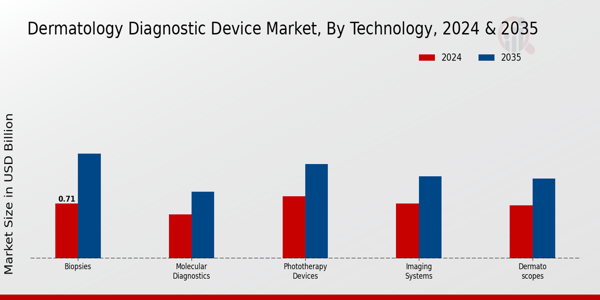
Source: Primary Research, Secondary Research, Market Research Future Database and Analyst Review
Dermatology Diagnostic Device Market Product Type Insights
The Dermatology Diagnostic Device Market revenue is witnessing a significant rise, with a valuation of 3.46 billion USD in 2024, reflecting the growing demand for advanced dermatological solutions. Within the Product Type category, Diagnostic Imaging Devices and Laser Devices play crucial roles in enhancing diagnostic accuracy and treatment effectiveness. Diagnostic Imaging Devices are essential for non-invasively assessing skin conditions, while Therapeutic Devices support effective skin treatment modalities. Additionally, Biopsy Devices provide precise tissue sampling, which is invaluable for accurate diagnosis.
The growth of the Dermatology Diagnostic Device Market is driven by increasing skin-related health issues, a rising prevalence of skin disorders, and advancements in technology. Opportunities in this market are abundant, particularly as healthcare systems globally prioritize dermatological care and seek innovative solutions for early diagnosis and effective treatment. However, challenges such as high costs and stringent regulatory approvals can impede market growth. Overall, the segmentation of the Dermatology Diagnostic Device Market reflects a landscape poised for continued growth and innovation, addressing the diverse needs of healthcare providers and patients alike and holding significant implications for health systems.
Dermatology Diagnostic Device Market End User Insights
The Dermatology Diagnostic Device Market has witnessed significant expansion, with the overall market valued at 3.46 USD Billion by 2024. The End User segment plays a vital role in this growth, comprising various key entities, including Hospitals, Dermatology Clinics, Research Institutes, and Home Care. Hospitals are prominent contributors, bolstered by the increasing prevalence of skin disorders and the demand for advanced diagnostic technologies. Dermatology Clinics emphasize personalized care, fostering a significant shift toward specialized treatments and diagnostics.
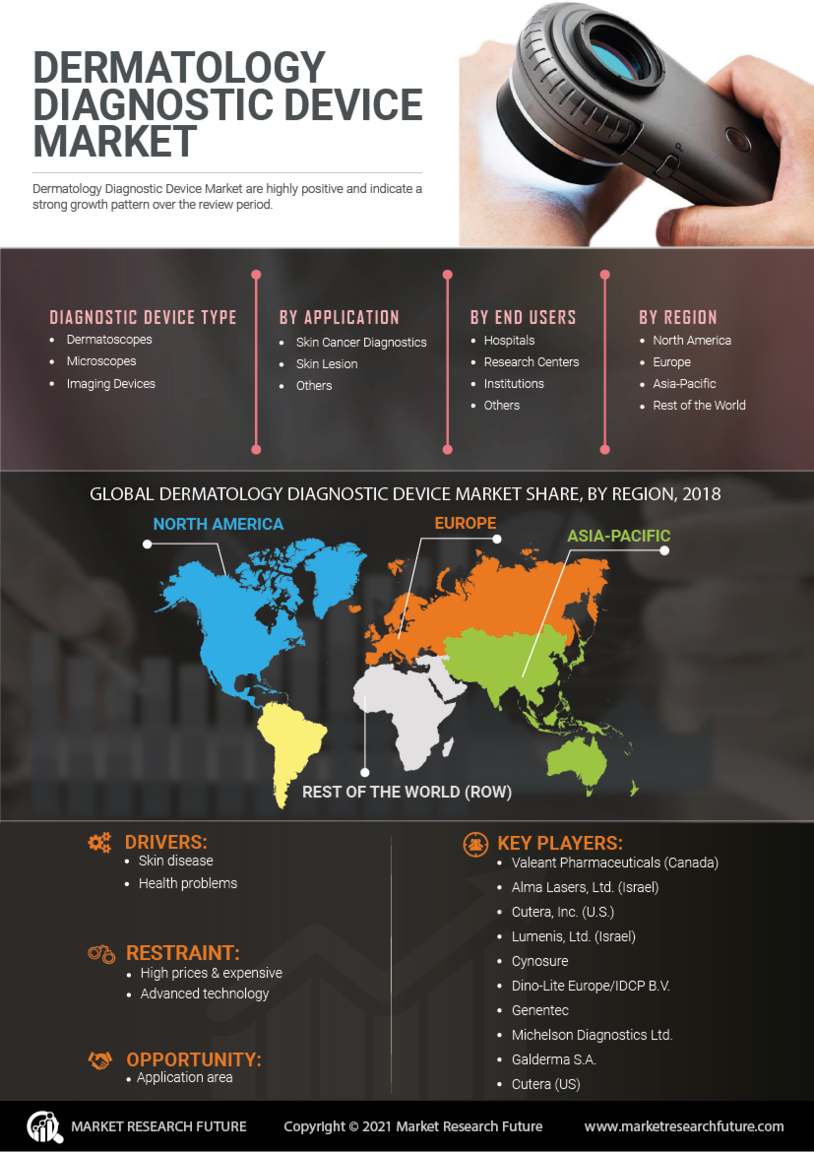

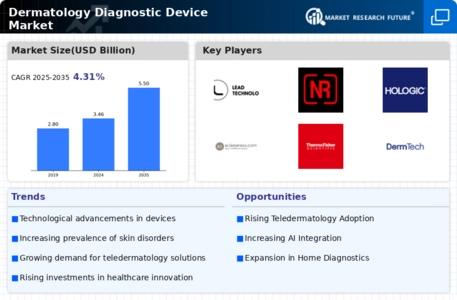
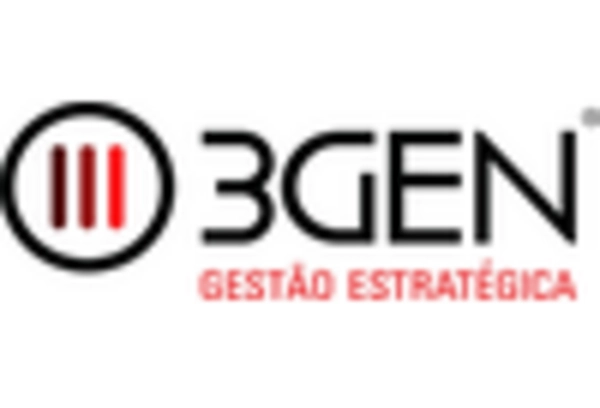
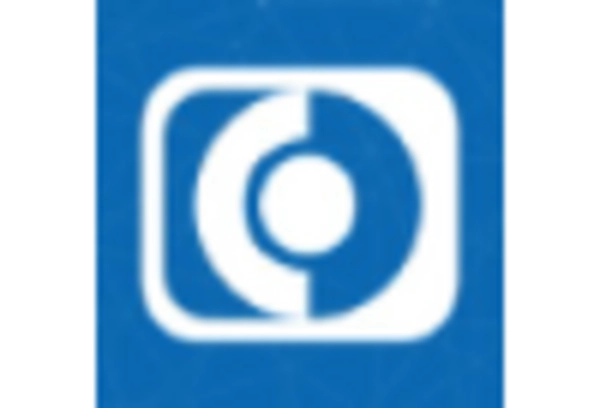
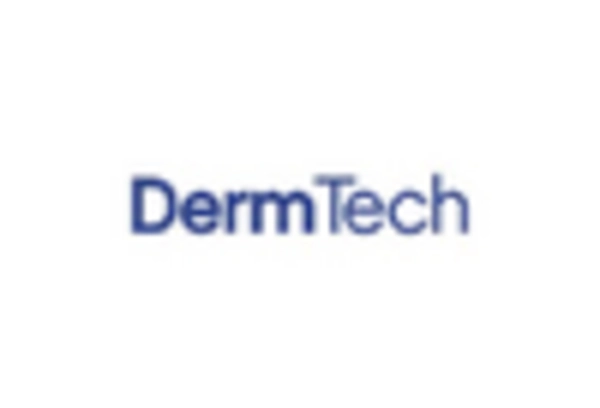
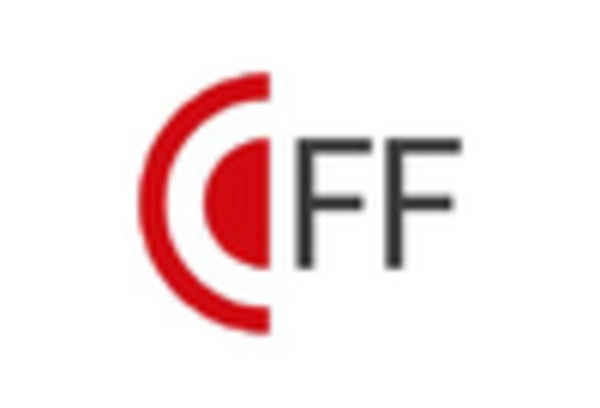
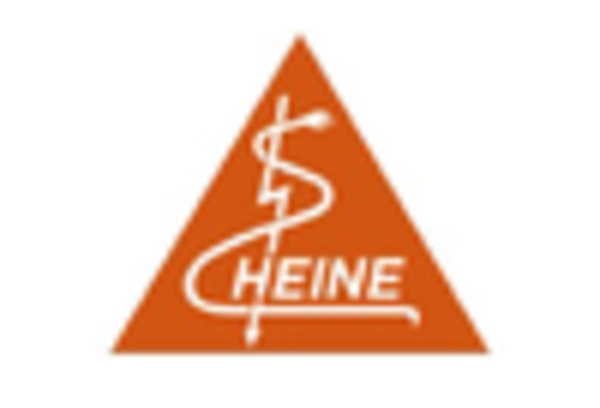
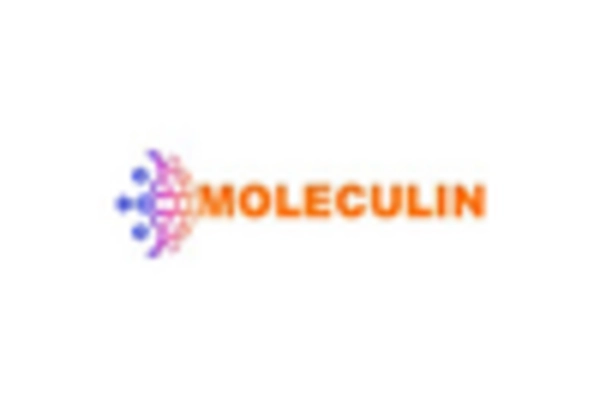









Leave a Comment